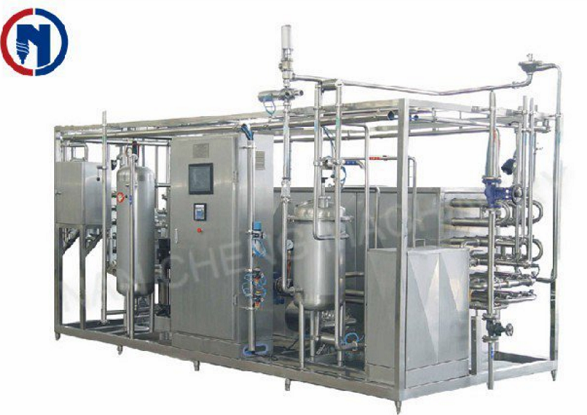Call us : +86-13601566060
+86-13921994358
Send us an Email : peter@chinancjx.com
Visit Us : 9 Tongxin Road, Leyu town, Zhangjiagang City, Jiangsu Province, China
![]() WhatsApp: +86-13921994358, +86-13601566060
WhatsApp: +86-13921994358, +86-13601566060
Perhaps you have always been curious about knowing what exactly is the process called "reverse Osmosis" especially when you hear some bottled water brands that claims that their water is unique because it is treated using the reverse osmosis water treatment equipment.
You've probably taken a sip of such treated water and felt the great taste. However, you still have no explanation, neither do you have the clarification about this reverse Osmosis filtration technology works. Worry no more, in this article, we will walk you through the key facts you should know about reverse Osmosis water treatment.
You should have probably known that osmosis is a special type of diffusion which makes use of a selectively permeable membrane. Based on this fact, reverse osmosis is a water treatment process in which a semi-permeable membrane is used to filter out undesirable molecules, contaminants, large particles, dirt as well as sediments from water in order to make it fit and safe for drinking.
However, reverse Osmosis not only gets rid of particles and contaminants but also removes disease-causing microorganisms (pathogens) which can affect human health when taken along with water. The treatment thus makes water ideally clean for drinking without any complication.
At this stage, you have to recall that Osmosis in general is the process by which molecules of water passes through a semi-permeable membrane from a dilute solution into a relatively more concentrated solution until an even distribution is attained.
This means that if an ordinary osmosis should occur to the water we are trying to treat, molecules of pure water will pass through the semi-permeable membrane into the contaminated water to achieve equilibrium in concentration. This is not what we desire for our drinking water, hence the need to "reverse" the process in what we now refer to as "reverse osmosis water treatment"
In reverse osmosis, molecules of water are forced to move from the water containing high concentration of contaminants to water containing low concentration of contaminants by application of pressure which acts against the concentration gradient. The contaminated water is thus forced to move in the reverse direction.
However, while the contaminated water is trying to move, it encounters the semi-permeable membrane which filters the water and traps the contaminants, allowing only pure molecules of water to pass through it into the pure water. This results into an accumulation of pure water molecules and hence the production of a very clean water suitable for drinking.

There are four stages of filtration involved in Reverse Osmosis water treatment, the contaminated water passes through:
· A sediment filter
· Pre-carbon block
· Reverse Osmosis membrane
· Post-carbon filter
The function of the sediment filter is to remove the largest particles such as metal chuncks, sands and pieces of plastics that can clog the subsequent filters.
The water then passes to the pre-carbon filter which uses activated carbon to prevent compounds like chlorine and chloroamines from passing through to the reverse osmosis membrane.
In the reverse Osmosis membrane, molecules such as lead, sodium, fluorides and dissolved minerals that are heavier than water are selectively removed before passing the water to the post-carbon filter which gives the water a final cleansing.
As a renowned manufacturer and supplier of premium water treatment equipment, which are designed to stand your production capacity and needs, you can always count on us for the best product every time.
For more information on our range of products or to place an order, kindly click here to reach us.
By continuing to use the site you agree to our privacy policy Terms and Conditions.